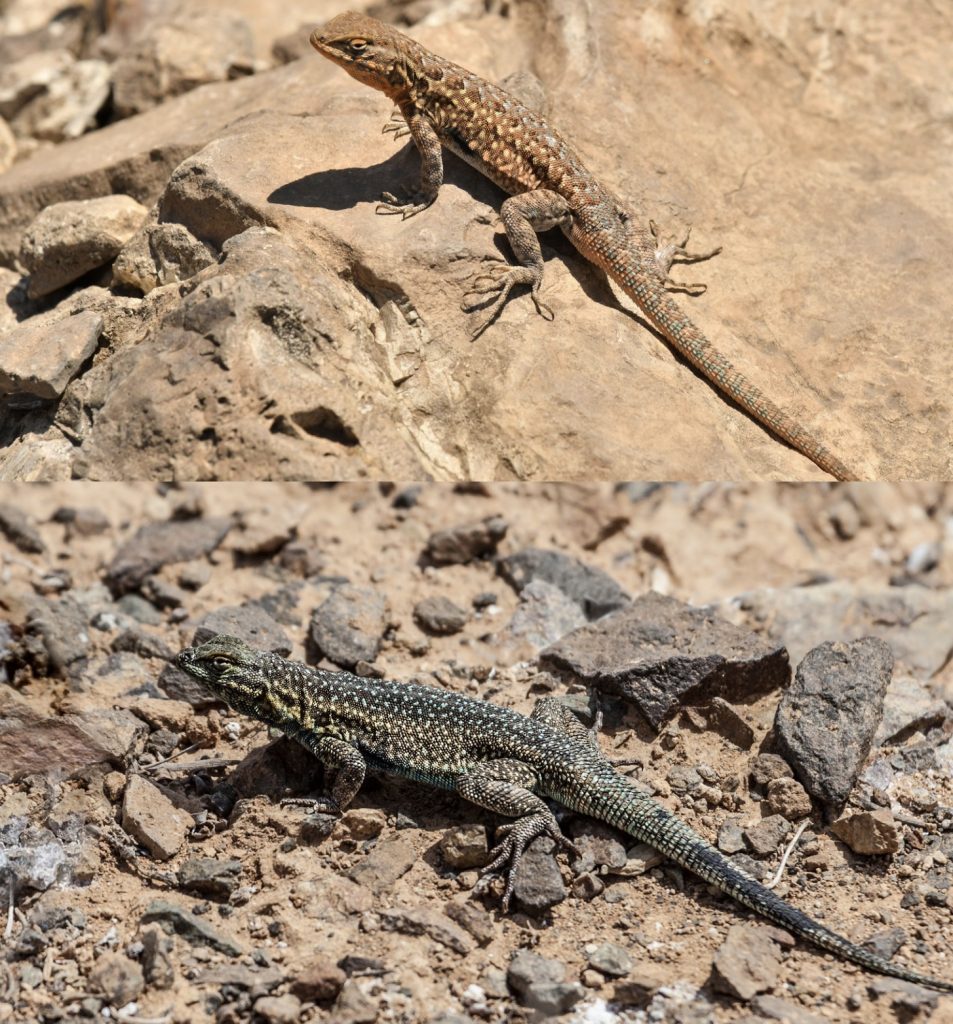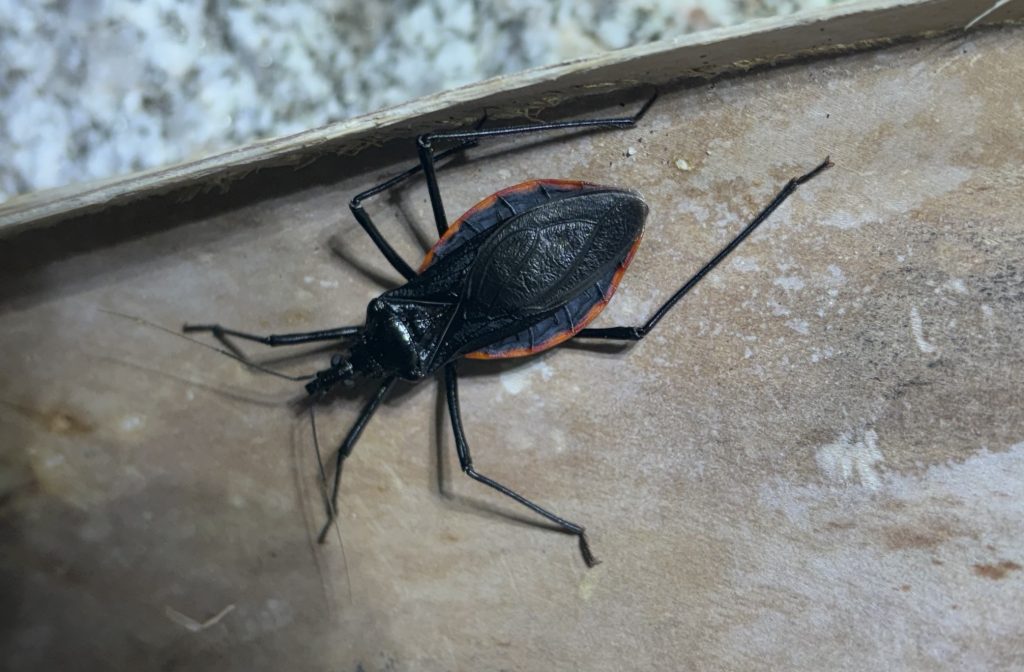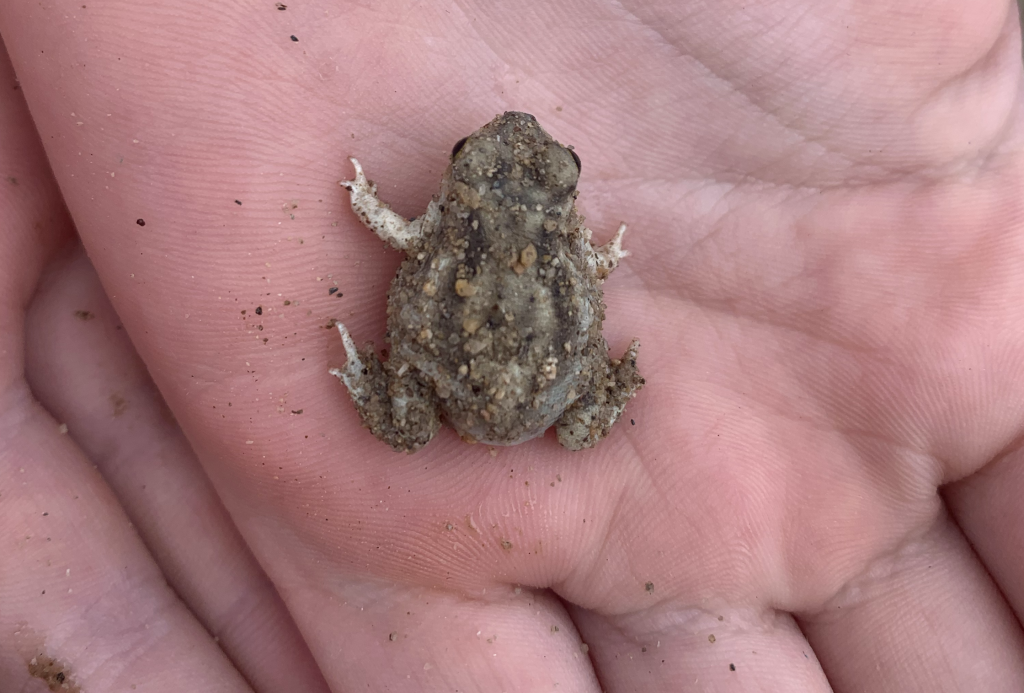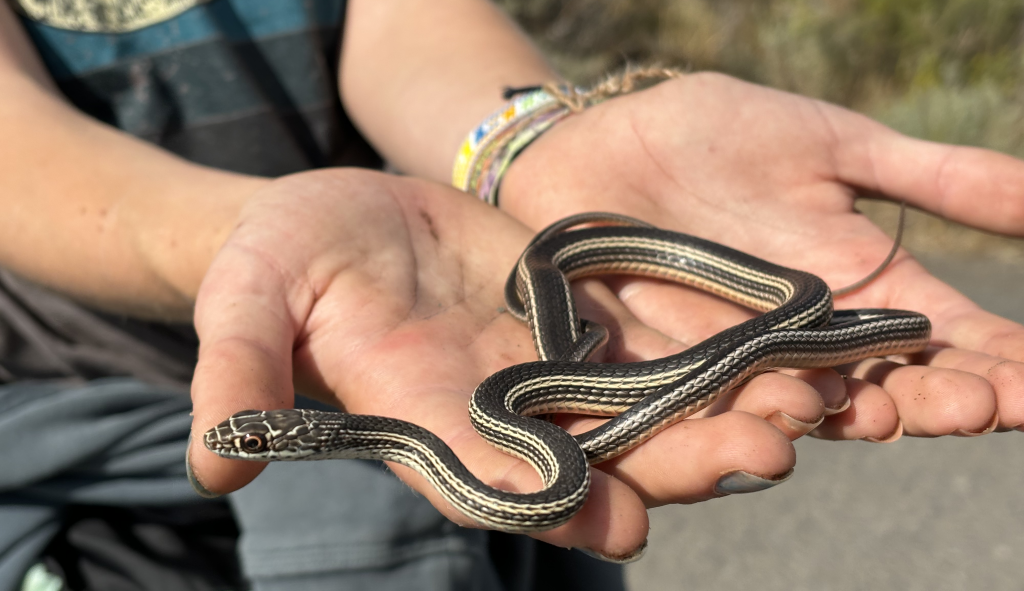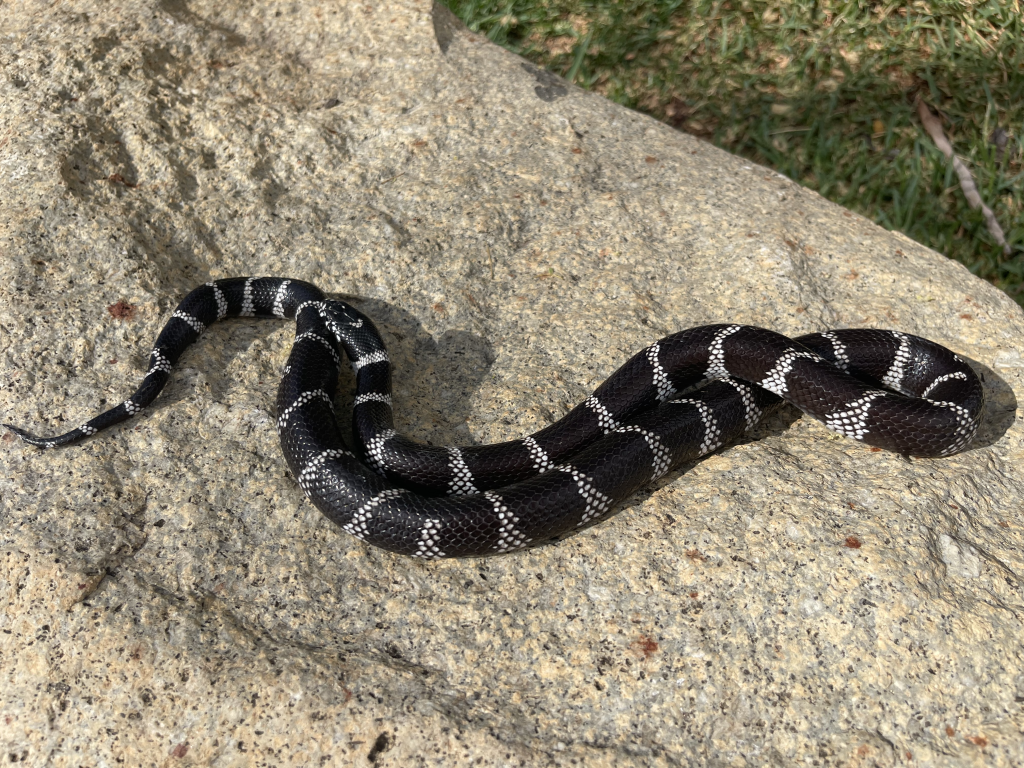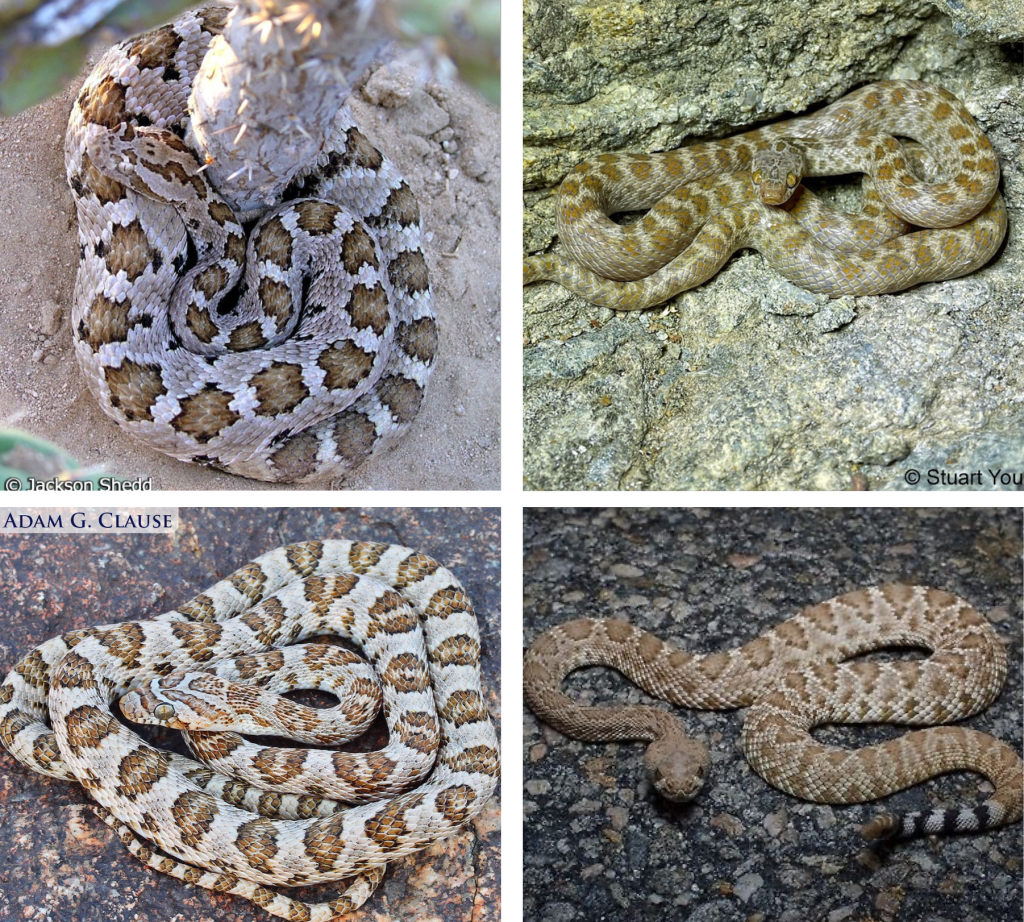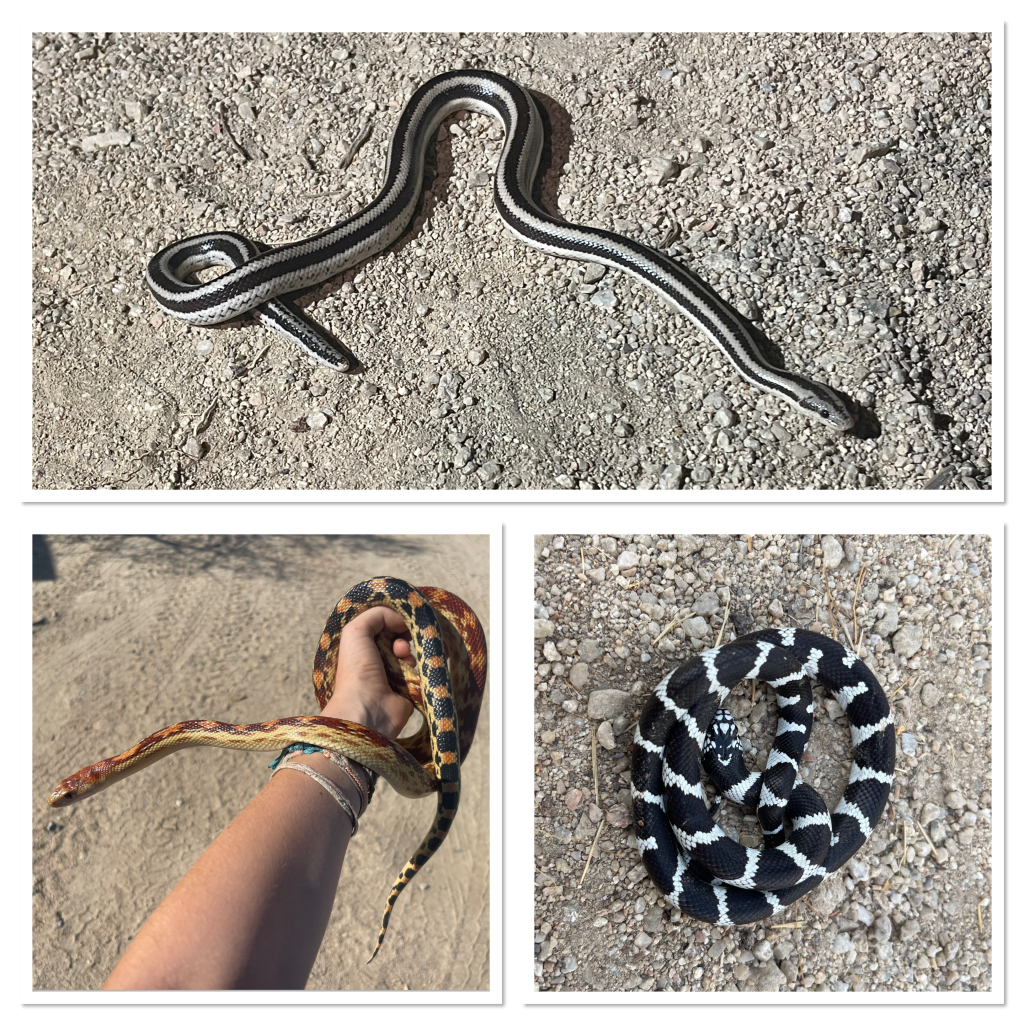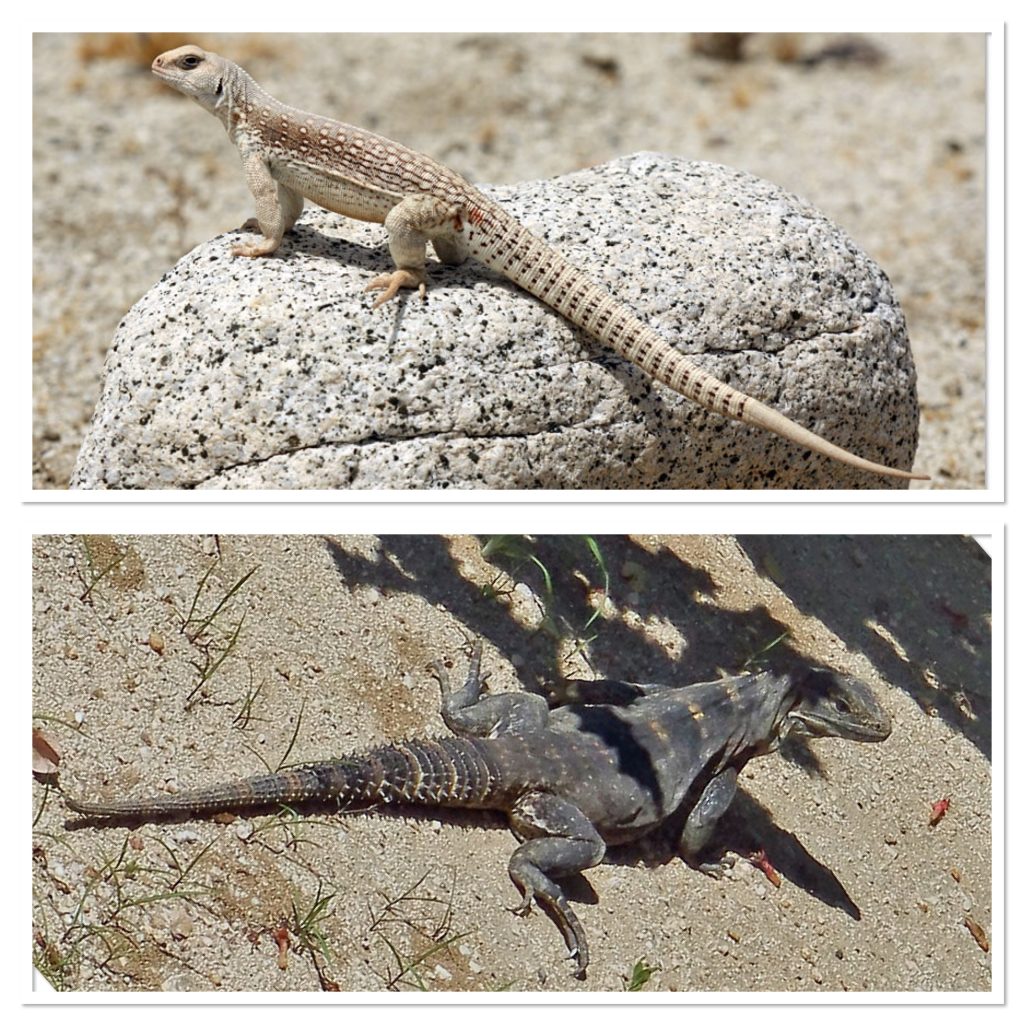In October, my dad and I enjoy/survive our annual Isla Cerralvo Camping Trip. October is one of the best times to find snakes in our area and — amazingly — this was our third year in a row pulling off a Cerralvo trip during this crazy time of year.
When we arrived on the beach of the island, spirits were high. We had everything we needed for a great trip. We started setting up camp but then the wind made its Appearance. We brought out our tarps and discovered that they were very old and would rip if you looked at them wrong.
After a frustrating few hours, we gave up on our tarp fragments and either huddled under our umbrella or stayed in the ocean for the majority of the day. Once the sun started to set, I began exploring the dunes. I found my favorite little junk pile and flipped every bit of metal in hopes of finding the endemic Savage’s Sand Snake (Sonora savagei).
These little snakes are not easy to find because they spend most of their time below the surface of the sand. However, underneath objects they will come up to enjoy the heat coming through the object, while still being protected from scary day creatures plus have access to their favorite foods such as crickets and scorpions.
I flipped the entire metal pile and found nothing. I was disappointed until I noticed one more piece of metal underneath the exact center of an extremely extensive and luscious thorn bush.
I was barefoot as I was not expecting to go thorn diving, but I have experience with thorny areas and bare feet, and I couldn’t miss this opportunity. I shuffled my way on all fours into the mass of vegetation. After a few minutes relocating branches and getting an impressive majority of leaves stuck in my hair, I arrived at the target. I took a deep breath, and flipped it.
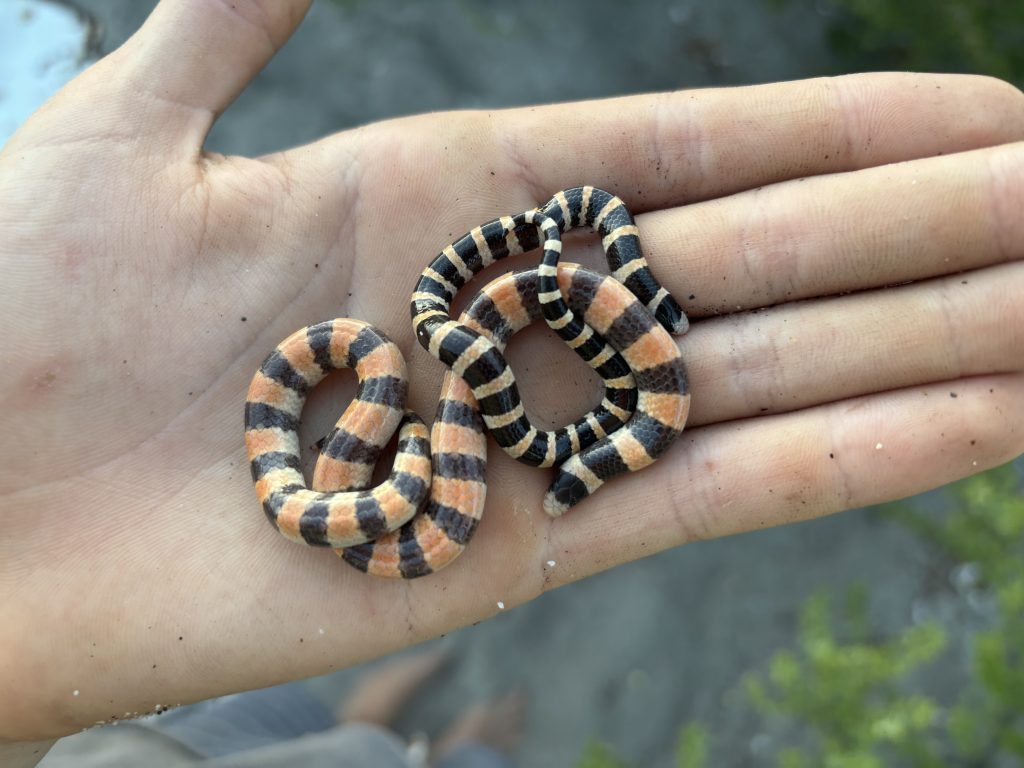
Underneath that metal there was a lot of life, including a sand snake! It burrowed underneath the sand, and I started raking with my fingers in the sand with hopes of finding it burrowed underneath. To my surprise, my raking did turn up a sand snake, but this time it was a young one. I was able to grab it, and I kept going to find the other one. Then I noticed a scorpion in the corner. It was a little bit too close, and it was staring at me with the air of an irritated assassin. I recoiled a bit, but then the sand moved, and I extracted the second sand snake. The scorpion left its post and I put the metal down. I was so excited that I almost forgot about the prison of thorns. I made my escape, and I had just found two Savage’s Sand Snakes.
If you want to read more about our Cerralvo adventure, come read the rest on my free Substack, Beneath The Scales.
